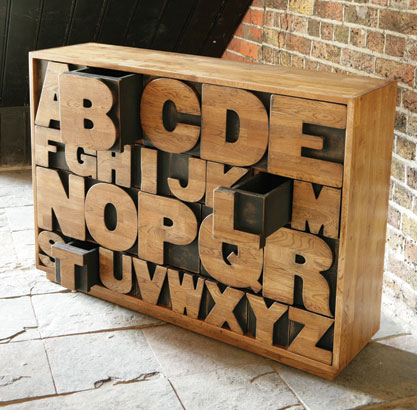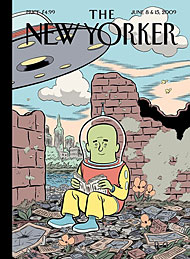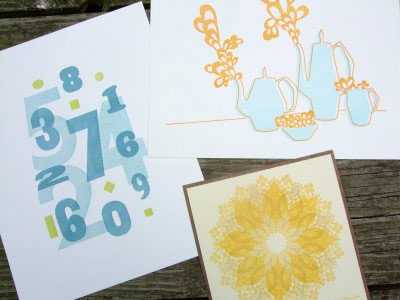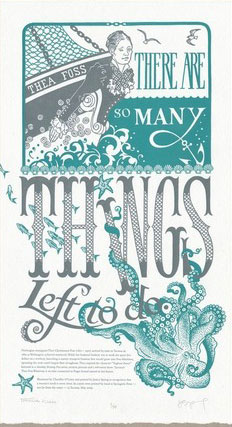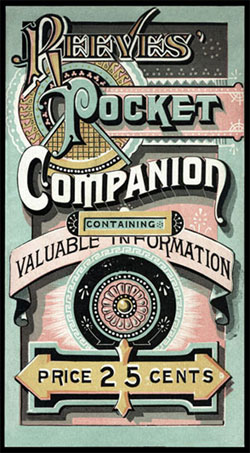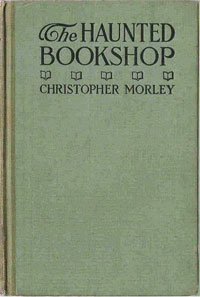 At the beginning of the year, Alice Simpson posted a query on the Book Arts List for titles of fiction that had books as a central plot point. Lots of people answered, and I’ve compiled a list HERE (if you have any additions for the list, let me know in the comments section). The list is a smorgasbord, some fiction, some mysteries, some new, some old. I thought I’d start by reading the mysteries on the list, and here’s what I’ve read so far:
At the beginning of the year, Alice Simpson posted a query on the Book Arts List for titles of fiction that had books as a central plot point. Lots of people answered, and I’ve compiled a list HERE (if you have any additions for the list, let me know in the comments section). The list is a smorgasbord, some fiction, some mysteries, some new, some old. I thought I’d start by reading the mysteries on the list, and here’s what I’ve read so far:
- Unsolicited and Uncatalogued by Julie Kaewert (1994 and 2002), part mystery, part adventure-thriller, part romance. Sluggish writing and too much violence for this reader.
- The Club Dumas by Arturo Pérez-Reverte (1993). After a few chapters, I had an odd feeling I’d read this book already, but had forgotten to record it in my book log. I said something about this to my husband, who reminded me that the book was made into a movie I’d seen called The Ninth Gate. The book, despite the lack of Johnny Depp, is much better than the movie, especially on how one might go about forging a 17th-century text.
- The Amazing Adventures of Kavalier & Clay by Michael Chabon (2000). Not a mystery, but a huge novel about the rise of comics, the Holocaust, NYC, Jews, and World War II. Quite an adventure and fun to read.
- Parnassus on Wheels and The Haunted Bookshop by Christopher Morley (1917, 1919). Parnassus on Wheels is about a fictional traveling book-selling business owned by Roger Mifflin. The Haunted Bookshop continues Mifflin’s story, after he settles down in Brooklyn with a second-hand bookstore. The second is a bit of a mystery story; the name refers to the ghosts of the authors that haunt bookstores. Both books are light-hearted and sentimental — perfect for a Sunday afternoon — and left me feeling full and satisfied.

